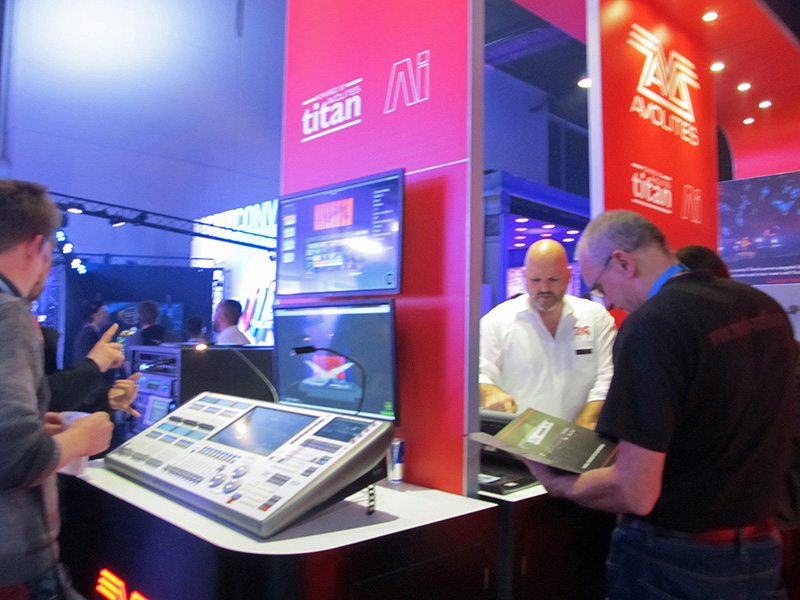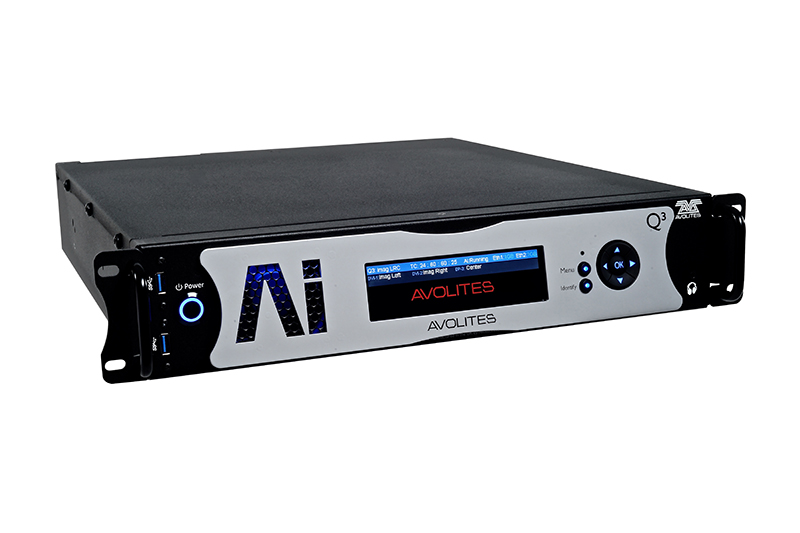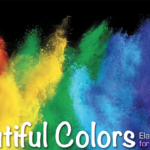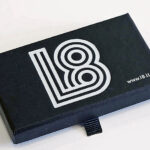Avolites, one of the lighting console companies originating out of the U.K., has been maintaining popularity with users across the world with its easy-to-use feature sets and powerful programming for more than four decades. Avolites consoles are known for several innovative feature sets, but a few of the more pertinent features are very popular among Avolites users. These features include a cross-platform uniformity of their software with all models and entry price points, regardless of which console you purchase — from the one-universe USB-dongle Titan One to the top end price scale Sapphire Touch, you open the software having the same tools. Users on a lower price point model can upgrade their control surface at any time, or open a show file from a lower-cost unit to a higher cost unit without seeing any changes in the programming flow, save a few physical buttons on the higher-cost console. Other popular features include onboard access to Capture as a 3D visualizer, a Keyframe Shapes generator for dynamic effects, quick access to cue editing and manipulation, and a powerful onboard Pixel Mapper, which happens to be my favorite feature; ostensibly this is a simple yet robust multi-layer media server built in to the console, allowing the user to map their entire lighting rig and play effects from the Pixel Mapper over every “pixel” in the rig. Users of the Avolites Titan operating system are also very used to being able to get up and running from an empty show file very quickly, as the structure of the console is geared to quick and repeatable operational parameters for tight timelines, like the recording palettes and looks, building accurate groups and pixel maps, and creating cuelists from multiple individual cues on their own faders into one playback.
Avolites is also the manufacturer of a very powerful media server platform, Ai Media, which allows media server users a litany of software and hardware solutions designed for absolute manipulation of video content, playback, configurations, and effects. Inside Ai’s interface, the user can also create the 3D world in which they’re working, whether it be for video walls or projections, and manipulate this environment.
Data communication between lighting consoles and media servers has had a history of being mostly unidirectional; media servers ostensibly act as fixtures, taking commands from the console and playing back clips with effects applied; CITP, or Controller Interface Transport Protocol has been the exception, which is used to get thumbnails of video clips on the console, among other non-critical features. The features that Avolites’ Synergy Feature introduces to the Avolites “creative visual control” system moniker speak to the idea that video and lighting actually communicate bi-directionally, at least among the Avolites family of lighting and media server products through the Titan Net protocol.

Some of the major features that Avolites Synergy brings to the console and media server relationship is true console to server bi-directional communication. “Synergy is the true integration of Avolites media servers and Avolites consoles,” says Brad White, national sales manager for Group One/Avolites. “Through the TitanNet protocol, you will be able to speak from console to server, and from server to console without having to interface either separately. One of my favorite features of Synergy is uploading content; from any USB port on the Avolites console, you will be able to upload content without having to run backstage to where your media servers are located to upload content. The TitanNet protocol allows you to transfer your content into whatever folder or location you want on the Ai media server, all remotely from the console.”
Another interesting feature of Synergy is the media preview capability, which allows an Avolites user to have high definition preview windows (Workspace windows, for users) of every layer and output on the Ai media server, over a single Cat5 line. “If I have a four-layer Avo media server connected to an Avo console, I can have four preview windows open on a Workspace on the console so I can see what’s happening live. If I had two layers of media and a live camera feed plugged into the media server, I can have live preview windows of anything the media server is sending, directly on my console,” White says. “We’re no longer just sending DMX commands to a media server anymore, we are truly giving total visual control to the operator between media server and console, bi-directionally.” For Avolites users, this gives the ability to completely configure the console to be a console and a media server controller together.
Also for Avolites users, one of the most intriguing functions of Synergy, which is essentially Titan V12, is the ability to pull a layer from the media server and use it as one of the elements on the onboard Pixel Mapper. In Avolites’ Titan operating system, the onboard pixel mapper gives you the ability to build your own custom “content” by uploading jpeg files, building preset shapes and animating them, or literally drawing a shape with your finger on the screen and animating that hand drawing in whichever way you like. Synergy adds another element — adding any layer or output of the Avolites media server and using that as something you can apply directly to your pixel map in the Pixel Mapper effect engine. “A great example of this would be a 16×9 video screen surrounded by moving heads,” White elaborates. “Using the pixel mapper, you can select the moving heads that are surrounding your screen, and whatever video content is playing on the video screen from the media server can be quickly sent to those moving heads, which makes them pixels on the wall. They’ll respond to the video content playing on the screen just by applying that layer to them via the pixel mapper.”
Bi-directional media server to console functionality has been growing across the Avolites line of products for several versions of software; implemented currently in version 10.1 are Displacement Maps, which allow you to add functionality of non-intensity parameters like pan and tilt and have them apply to peaks and troughs in the color space of the video. Imagine a video of waves and the ocean, and applying the motion of the video to the motion of pan and tilt parameters — this is a currently available function on Avolites consoles that peers into this bi-directional functionality that Synergy promises to deliver in version 12 of the operating software. “Synergy is the true marriage of console and media server functionality, and we’re excited to see how our users create and experiment with it as much as we are to introduce it,” White says. Simply having the ability to choose a media server layer as a console-centric output parameter is exciting enough to a user like myself, so Synergy is something that the lighting community will certainly be looking forward to utilizing as a creative outlet in design work and programming.

New Products, New Software
Avolites has also been busy creating some new products, while updating others. Recently released Version 11 of their Titan operating system was joined at Prolight+Sound this year by the Avolites’ Ai Media Q3 server. This device is a smaller form factor media server (2U) with a DisplayPort, 1.2 output in 4K, two DVI outputs, and a dedicated DVI-D output for the user interface so you can hook up a monitor for the GUI without losing an output. The Q3 server is touted as having powerful internal hardware and industry-standard connections in and out of the server into your system; in addition to Ai Media’s onboard effects, Q3 is also ready to integrate with the very popular Notch live video plugin for making some pretty impressive live video effects through the Q3 server. As with the R Series of Avolites media servers, Q3 features a front-mounted touch screen directly on the hardware for doing any configuration changes on the fly that you need to do without hooking up an interface device. Users new to Avolites Ai Media will find the new front panel access very useful, as it allows access to IP addresses, EDID management and output assignment, and many other critical functions. Q3 is also a true touring server, with rock-solid construction, shock-mounted motherboard, and an incredible array of ways to get data in and out. “What’s outstanding about the Q3 server is that established Ai Media users and lighting programmers who want to venture into the media server environment will be completely at home with Q3,” says Ruben Laine, Avolites’ Ai Media Specialist. “The Q3 platform includes so many ease-of-use hardware features that both new and experienced users will utilize to speed up configuration, programming, and playback. It’s a powerful product.”
Avolites Titan is already such a touch-centric, user-friendly operating system that console trainers usually train with one hand in their pocket to govern their programming speed; Version 11 of the Titan Operating System has outstanding new features that console users will find spectacular. Among those (and one of my favorites) is Cycle Times — this feature allows the user to create an effect, and instead of that effect running either indefinitely or until you stop it, you can give that effect a set number of times that it will cycle and simply stop itself. This is a great feature for a variety of genres of design, like Corporate Events — walk-ins, award moments, or any time where you have to have an effect that you know will need to run a short (or long) amount of cycles before coming to a conclusion. Another improvement is the addition of three more curves to the Fan function of the system; a well-known principle of creating any pan and tilt shapes is grabbing the fixtures and using the Fan function to spread those fixtures’ positions apart in a variety of methods. Titan V11 has added “Mirror” fan, which divides each part of the selection into two halves where all the fixtures in one half are the opposite of the other, “Wings” fan, that divides each part of the selection into three sections where all the fixtures in the left-most section are the opposite of all the fixtures in the right-most section and the fixtures in the middle section do not change. Last but not least in the new Fan functions is Pull End, which is very similar to Pull Ends, which grabs both ends of your selection and pulls them in the direction you want, but obviously Pull End only pulls one of the ends instead of both.
A few more programming-centric improvements include Gobo and Product images in V11, which show up in Avolites’ incredible Attribute Editor window; gobo images populate as palette legends when the AutoPalette functionality is enabled, and give you a sense of what your gobo images are to make programming even faster than it is already on Titan. You can of course load images directly onto a palette legend in Titan, but this new functionality in V11 does it automatically.
Avolites continues to impress the entertainment community with software that is accessible to seasoned veterans and complete beginners alike, with a solid foundation that gets you up and programming in nearly no time at all. With the addition of Ai Media, Avolites has given their users (and non-users alike) a true sense of creative visual control. I highly recommend driving a Titan-controlled Avolites console some time soon. There’s no disappointment to be had on an Avolites Titan console.
In conclusion Brad White adds, “V12 is just the beginning of Synergy, which just opens the door to many more enhancements to come.”


